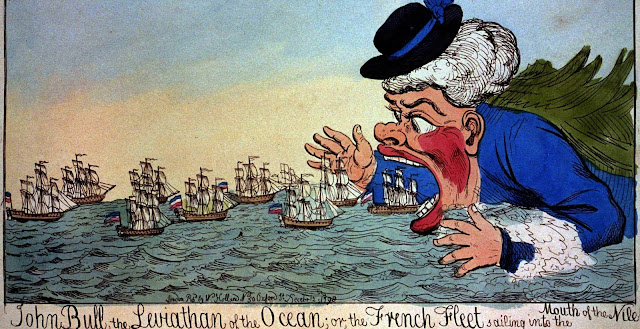Recipe for cooperation in the Nile Basin
My last post showed the main issues challenging conflict management between East Nile Basin countries. This time I will focus on how they can reach an agreement on water allocation that benefits every stakeholder.
As I mentioned last week, talks are frozen due to Ethiopia’s rejection of mitigation measures in the case of light rainfall. In addition, there are flashpoints in coordinating GERD and Aswan dams and question marks around agricultural impacts. In transboundary agreements, there must be effective data-sharing between riparian states to evaluate the quantity, quality and timing of river flow. Therefore, Ethiopia must make concessions and allow respected consultant firms to assess the impacts of the construction and create a timetable for filling. With this information, the countries will have data on water flow that would be crucial for the technical solution to save downstream agriculture and the creation of a cooperative management framework for the two mega-dams. A final solution could be Ethiopia’s acceptance of letting through extra water during droughts.
Policy agreement could be a potential short-term solution; however, in the long run, they need to create a platform where all eleven Nile countries could negotiate a long-term treaty with joint control over the water. This is not unprecedented in Africa; for example, the Senegal river countries were able to make an appropriate framework: OMVS, that enabled the equal allocation of water across the river (from 13:00 in the video). NBI could be an ideal site for similar negotiations; however, Egypt must re-join and accept a framework that supports all Nile Basin Countries.
A good transboundary treaty ensures benefits for every country with enough water for domestic use and cheap energy.
A final step for decreasing tensions is implementing a benefit-sharing framework, which almost happened under the DoP in 2015. This would mean focusing on the benefits of joint river management and the positive aspects of GERD that could overcome its costs. For instance, the construction will curtail floods on the Nile that would, reduce sedimentation and save millions of dollars spent on clearing agricultural fields. This could result in expanding agricultural production, especially in Sudan that’s export could benefit Ethiopia.
More importantly, if long-term cooperation exists, the dam’s immense power generation would provide cheap and clean energy sources across the basin. Thar would be a classic win-win situation for the Eastern Nile countries Sudan and Egypt could receive the resource while Ethiopia would have access to vast and developed markets. Moreover, besides this ‘benefits from the river’, there is an opportunity for ‘benefits beyond the river’, meaning stronger collaboration in other sectors. As these show, there are possibilities for mutual solutions for all three countries, and leaders should realise that hostility comes with costs. While collaboration would be in the economic interest of all parties.




Comments
Post a Comment